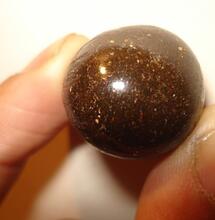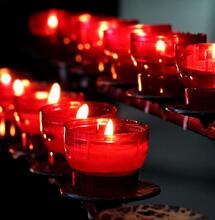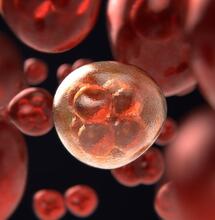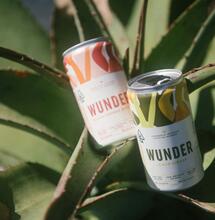Who Discovered Cannabis in the First Place?
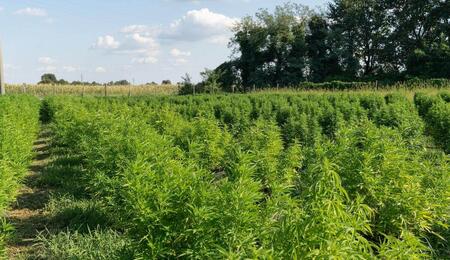
There's substantial archeological evidence that various ancient cultures did use cannabis thousands of years ago. Cannabis was used in religious contexts, as medicine, and very likely also for relaxation. Cannabis first evolved on the steppes of Central Asia, in what is now Siberia and Mongolia, and from there, it spread to other parts of the world. The ancient civilizations of China and India would be the first to discover cannabis and use it.
Ancient people knew of the healing properties of Cannabis. Some of them may have even tried to cultivate cannabis varieties with a purpose to get more psychoactive content to use in religious ceremonies and as medicine.
One study suggests that cannabis was smoked at least 2,500 years ago and may have been used in ritual ceremonies among the ancient Chinese. Traces of the plant were identified in wooden burners excavated from burial sites. More evidence suggests that Cannabis was used even earlier, around 4,000 B.C., as an anesthetic, also in China. The cannabis plant medicine was listed in Emperor Shen Nung's pharmacopeia, that is an official publication listing all medicinal drugs, their use and their effects.
According to Hindu lore, Shiva, a deity associated with the creation and destruction of the world, was also given the title The Lord of the Bhang, because the cannabis plant was his favorite food. The ancient Hindus believed that the medicinal benefits of the cannabis plant could be explained by pleasing Shiva. Ancient texts tell us that they associated the onset of fever with the "hot breath of the gods" because they were angered by how the person behaved. When the people appeased the gods, the fever went away, they believed.
But that was a long time ago. How was cannabis rediscovered in modernity?
Well, it's not like there was a huge gap of more than two millennia where people didn't use any, and then weed suddenly started to show up at hippie gatherings in the 1960s.
People did use cannabis between antiquity and modernity, too. And there's extensive evidence to prove that. In the Middle East, hashish was smoked as early as the 8th century. Islam disapproved of drinking alcohol, but no such thing was mentioned about cannabis.
In medieval Europe, Germans and Vikings both used cannabis for pain relief for toothaches and during childbirth. Queen Victoria allegedly used tinctures for her menses.
Only recently, in the early 20th century, was cannabis demonized and eventually widely banned and prohibited. It is a catastrophic mistake that a plant with so many various therapeutic and recreational uses went on to be classified as an illegal substance.
When we discuss Cannabis, it's important to distinguish between the different plant subspecies, however. The differing types of Cannabis were discovered, named, or identified by various scientists who sometimes lived centuries apart.
What we call marihuana, or the plant that gives us the feeling of "high," has been known as Cannabis sativa. A second subspecies is Cannabis sativa L. The letter "L" here honors 18th-century botanist Carl Linnaeus. (For a matter of fact, in botany and zoology, the abbreviation L. is commonly used to acknowledge Linnaeus as the authority for a species name. He was a Swedish scientist who formalized the nomenclature of naming organisms).
Back to our subject, Cannabis sativa L. stands for hemp, the nonpsychoactive type of cannabis today largely used to produce CBD goods but also textiles, ropes, and clothes because it's a crop rich in fiber.
Then, French naturalist Jean-Baptiste Lamarck, who lived between the 18th and early 19th centuries, discovered a second psychoactive species of the cannabis plant, i.e., Cannabis indica.
In 1924, Russian botanist D.E. Janischevisky identified one more subspecies as he screened cannabis cultivars down the Volga River. He came across Cannabis ruderalis, which contains only tiny amounts of THC and doesn't have as many uses.
If we speak of THC, the chemical compound that generates the psychoactive effects of Cannabis, it was first isolated in 1964 by Israeli researcher Raphael Mechoulam.
In sum, the history of Cannabis is more complex than one might think. There was not one discoverer of Cannabis, but many. And if we want to answer where were the first uses of Cannabis in the world, it would be correct to say among the ancient civilizations of China and India.




